In a groundbreaking development for sustainable agriculture, Canada has emerged as a leader in vertical farming, with recent studies showing that the cost of producing lettuce in vertical farms is now 20% lower than traditional farming methods. This shift marks a significant milestone in the quest for more efficient and environmentally friendly food production systems.
The concept of vertical farming, once considered a futuristic idea, has rapidly gained traction in urban centers across Canada. By stacking crops in controlled indoor environments, these farms maximize space and resources while minimizing waste. The latest data reveals that the operational efficiencies of vertical farming have finally translated into tangible cost savings, making it a viable alternative to conventional agriculture for certain crops like lettuce.
What makes this cost reduction particularly remarkable is the timing. As climate change continues to disrupt traditional growing seasons and supply chains, vertical farms offer a climate-resilient solution. Unlike outdoor farms vulnerable to droughts, floods, and pests, vertical farming operations can produce consistent yields year-round with minimal environmental impact.
The cost advantage stems from several key factors. Vertical farms use up to 95% less water than traditional agriculture through advanced hydroponic or aeroponic systems. LED lighting technology has become dramatically more energy-efficient in recent years, addressing what was once the largest operational expense. Additionally, the proximity to urban markets drastically reduces transportation costs and food miles.
Industry experts point to Canada's unique position in advancing vertical farming technology. The country's combination of harsh winters that limit traditional growing seasons and progressive environmental policies has created ideal conditions for indoor farming innovation. Major Canadian cities like Toronto and Vancouver have seen a surge in vertical farm startups, with some operations now supplying major grocery chains nationwide.
One Toronto-based vertical farm, operating in a repurposed warehouse, has achieved production costs of $1.20 per head of lettuce compared to the $1.50 average for field-grown lettuce in Canada. This price difference becomes even more significant when considering the premium quality of vertically farmed produce, which often commands higher prices at retail while still being cheaper to produce.
The economic implications extend beyond simple production costs. Vertical farming creates high-tech agricultural jobs in urban areas where traditional farming employment has declined. These operations require skilled technicians, data analysts, and agricultural engineers rather than seasonal farm laborers, representing a shift in the nature of agricultural work.
Critics of vertical farming often cite the high initial capital costs as a barrier to widespread adoption. However, Canadian entrepreneurs have found innovative solutions, from modular farm designs that allow for gradual expansion to partnerships with real estate developers to utilize otherwise vacant urban spaces. The 20% cost reduction demonstrates that at scale, these operations can achieve economic viability.
Perhaps most importantly, the environmental benefits complement the economic advantages. Vertical farms eliminate the need for chemical pesticides and herbicides, reduce water usage dramatically, and can be powered by renewable energy sources. As carbon pricing mechanisms become more prevalent in Canada, these environmental benefits may translate into further economic advantages through carbon credits and tax incentives.
The success with lettuce represents just the beginning. Canadian vertical farms are already experimenting with other leafy greens, herbs, and even some fruits and vegetables. While not all crops are suitable for vertical farming yet, the technology continues to advance rapidly. The 20% cost reduction for lettuce serves as proof of concept that could pave the way for broader adoption of vertical farming techniques.
As urban populations continue to grow and climate challenges intensify, Canada's vertical farming revolution offers a glimpse into the future of food production. The combination of lower costs, higher efficiency, and environmental sustainability positions vertical farming not just as an alternative, but potentially as the dominant form of agriculture for certain crops in the coming decades.
The implications for global food security are profound. If Canada's model can be replicated in other countries, it could significantly reduce the agricultural sector's environmental footprint while making fresh produce more accessible and affordable in urban areas worldwide. The 20% cost advantage isn't just a business milestone - it represents a crucial step toward transforming how humanity feeds itself in an increasingly urbanized and climate-challenged world.
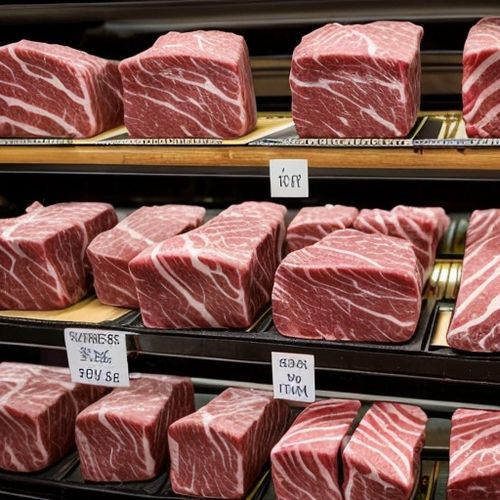
By Lily Simpson/Apr 10, 2025

By Victoria Gonzalez/Apr 10, 2025

By Emily Johnson/Apr 10, 2025

By Megan Clark/Apr 10, 2025
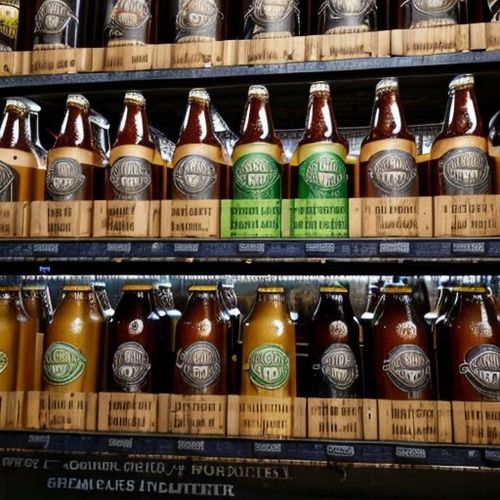
By Amanda Phillips/Apr 10, 2025
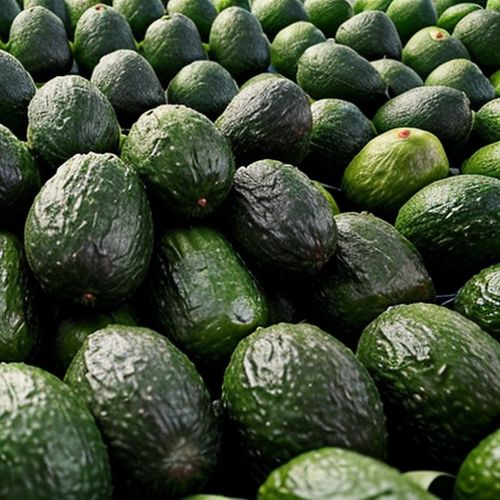
By James Moore/Apr 10, 2025
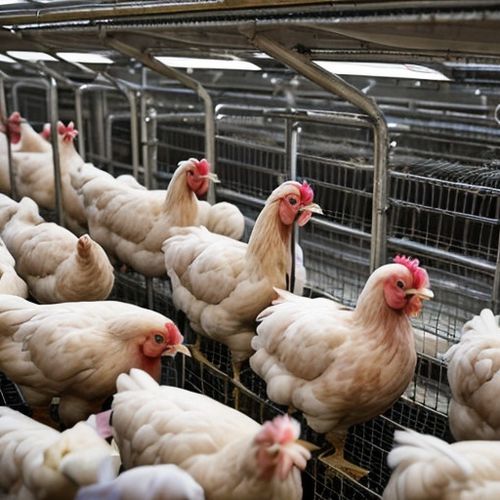
By Noah Bell/Apr 10, 2025

By Eric Ward/Apr 10, 2025

By Megan Clark/Apr 10, 2025
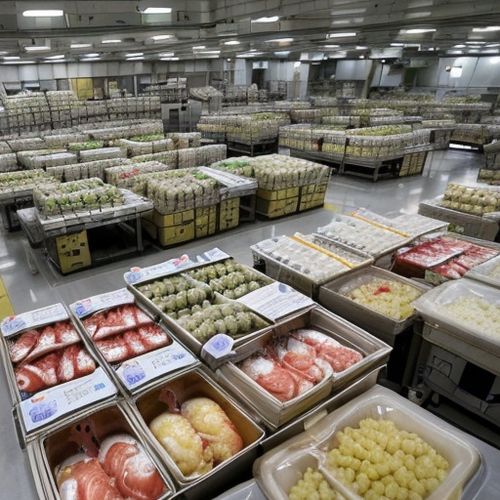
By Natalie Campbell/Apr 10, 2025
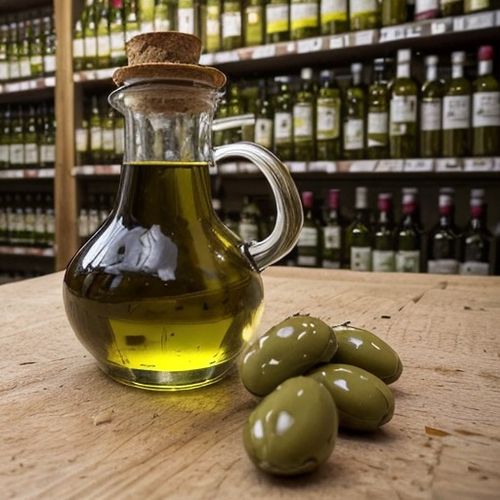
By Amanda Phillips/Apr 10, 2025

By Michael Brown/Apr 10, 2025

By Elizabeth Taylor/Apr 10, 2025
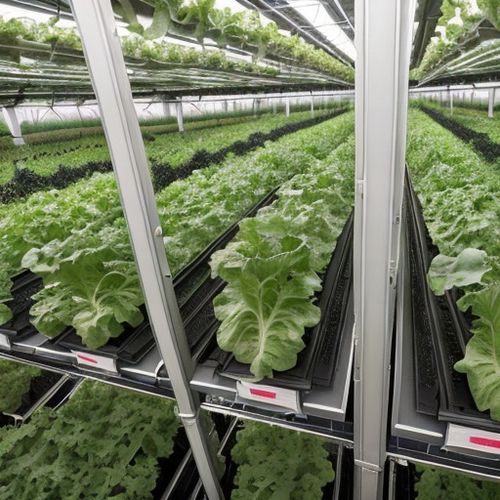
By Emma Thompson/Apr 10, 2025

By Natalie Campbell/Apr 10, 2025
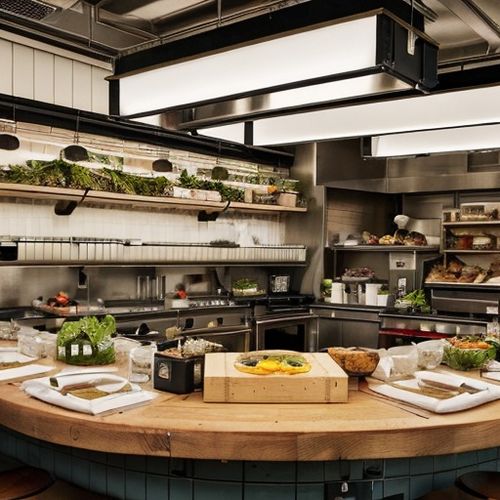
By Eric Ward/Apr 10, 2025

By Sophia Lewis/Apr 10, 2025